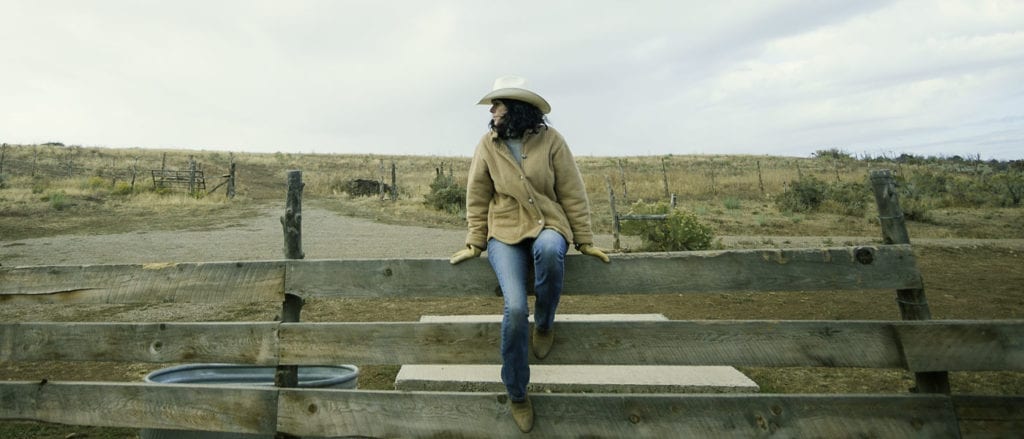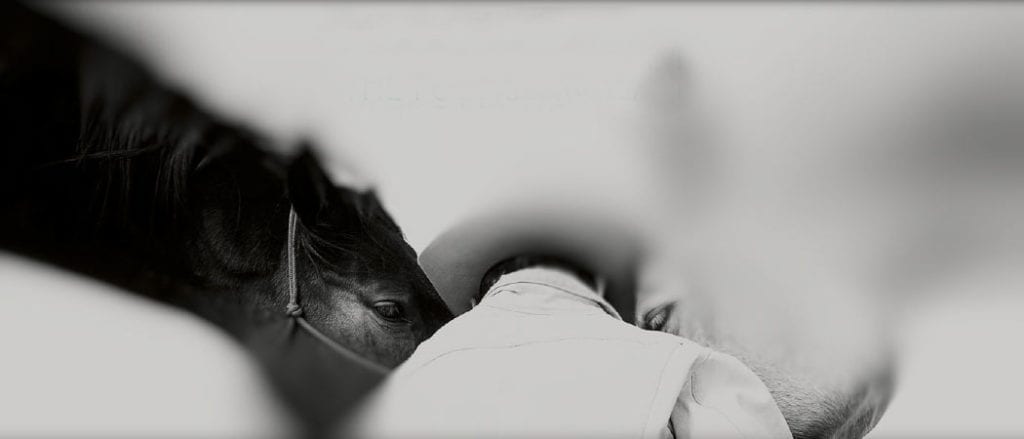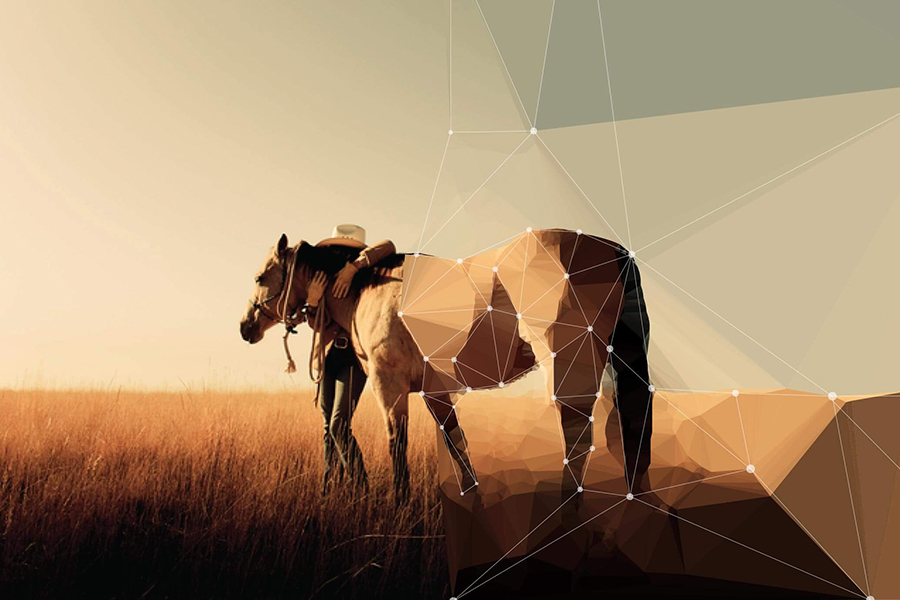Lisa Arie’s epiphany came while walking down a New York street in 1997. The successful advertising executive had been diagnosed with a terminal disease, and she realized with a shock that although she’d been aspiring her whole life toward society’s standard of success, she was missing out what it meant to be alive.
Suddenly, what her hair and 401(k) looked like didn’t matter, Arie was on a quest for deeper meaning. “All the things I feared where the things I had been so busy trying to create and then protect,” she says. “What people thought of me was not a consideration; I became truly free to focus on what is important in life — experiencing life without fear. “Faced with mortality, I decided I wanted to go out helping as many people as possible, and not quietly.”
A terminal diagnosis can do that to you, but thankfully she’s alive and well 21 years later, and using her New York moment to show other CEOs how to cut through the noise and tap into something more profound — mindfulness that’s good for business, too.
From running three multi-million dollar companies, Arie headed to rural Colorado. “To this day, I’m not sure exactly why,” she says. “Shortly after my medical diagnosis, and after crying through the night, I woke up to a voice in my head: ‘go to the horses’ it said — so here I am.”
After moving to Colorado and working with horses for a few years, Arie couldn’t deny the subliminal instincts from these majestic animals any longer and decided to act. The huge lifestyle change from being a New York media executive to a rural horse whisperer made her doubt whether this next career choice was something anyone would take seriously. Would anyone care about her newfound leadership techniques?
“This was my second chance after my terminal diagnosis,” says Arie, “And I didn’t want to waste any more time doubting my true calling in life.” She founded Vista Caballo in 2005 with her husband, Jess. The pair harness the incredibly instinctual reactions of horses to teach CEOs how to become more effective leaders.
The highly responsive and immediate nature of a horse, according to Arie, is key to unlocking your power as a human being. A horse will react to your confidence, or lack of it, immediately. CEOs who work with horses realize their strengths and weaknesses immediately, too. “Personal transformation is not a separate process to becoming an effective leader,” Arie explains.

Arie has research to prove that interactions with horses activates subliminal brain waves in a conscious state. An excited researcher who hooked up a horse and a CEO to a brain wave monitor at the Colorado ranch was amazed to see delta brain waves being activated — brain waves responsible for restoration and connection. Are CEOs ready for this type of leadership intervention? Arie thinks so. To date, hundreds of people, including CEOs, financiers, philanthropists, entrepreneurs, inventors, doctors, consultants, psychologists, athletes, and families, have gone through the transformative work. More recently, it attracted a leading ice cream brand.
Bringing together neural science, natural human emotion, and the instincts of a horse were shockingly powerful for Ben & Jerry’s CEO Jostein Solheim. In early 2019, along with his executive team, the CEO of this iconic ice cream brand found himself staring into the eyes of a majestic Colorado Ranger horse — and felt something move inside.
“It’s tough to eat ice cream and be angry at the same time,” says Solheim. “Likewise, interacting with a horse was a beautiful example of alternate leadership wisdom, that made common leadership failures seem impossible.”
During these experiential workshops, Arie encourages executives to come face to face with their subconscious operating systems and explore what’s holding them back from creating a place of fulfillment.
“Twenty years ago,” says Arie. “You couldn’t even mention the word ‘emotional’ in the corporate hallways of power, and there I was, wanting to walk into a boardroom with something with big ears and a tail.” Today she’s tapped directly into CEOs, such as Solheim, a new breed of leader who has no qualms about emotion being used to drive a successful, global brand.
“I’m more interested in a grassroots type of leadership,” says Solheim, as his horse nuzzles him gently. “I have met so many so-called famous leaders that have disappointed me up close. Many lack that motivational drive that’s needed in a real leader. Some have only risen to the top because of robust systemic control within an organization. This is flawed power. The leaders I recognize are the ones that bring compassion, empathy, and problem-solving to work — who acknowledge their work colleagues, no matter how junior, as valid human beings. My leadership energy is revitalized each day by looking at other leaders who lead from a place of personal purpose.”
Solheim is not taken by people he has never met either. “I like to refrain from calling out the icons of leadership as my inspiration,” says Solheim. “While many famous leaders are great role models, I haven’t met Nelson Mandela or Gandhi personally,” he laughs. “I’m the type of guy who likes to meet someone in person to decide for myself whether they’re a real leader or not. What gets me out of bed each morning is a desire to make a positive difference in people’s lives. The more we give, the more we get,” he adds philosophically.
Another Ben & Jerry’s executive, Jane Goetschius, head of human resources, joined Solheim on his inward journey with Arie’s horses. Thirteen years of nurturing human capital at the company couldn’t prepare her for what she was about to discover about people, horses, and leadership.

Goetschius has introduced herself to the equestrian team as a ‘senior people mission manager’ and throws around terms such as ‘conversational leadership’ and the fact that Ben & Jerry’s is a ‘dignified employer.’ When you’ve already reinvented ice cream, why not reinvent leadership, too? It was this open-minded approach that gave her new insight at Vista Caballo into how to improve the culture of Ben & Jerry’s.
“It’s never enough to consider yourself a pioneer and rest on your previous achievements, thinking you’re ahead,” she says. “Disruption is always just around the corner — it’s a certainty.
We asked ourselves what leadership work was needed to achieve ongoing innovation. Ben & Jerry’s doesn’t wait until a crisis hits before we embark on strengthening our executive team.”
This pioneering way of thinking was instilled in the brand by founders Ben Cohen and Jerry Greenfield in 1978 and has persisted after the acquisition by Unilever in 2000. A transformative leadership workshop involving horses was, therefore, a cinch when it came to convincing the company executives to explore new ways of leading. Goetschius was shaped by her time at Vista Caballo and the time she spent with the horses.
“The word ‘mindfulness’ may sound like something a Buddhist monk might talk about,” she says as she retires from an hour-long task of getting a horse to positively respond to her commands. “But this is an idea creeping into business in a big way; even Google has explored its potential.”
Projecting your brand to consumers on a supermarket shelf is easily done with the help of an advertising agency, but how do those wholesome, save-the-world values get adopted by employees within an organization? The solution, Goetschius offers, won’t be found in a business school handbook. “Develop empathy,” she says. “And learn to work with people who are different from you. These are leadership strategies we took away from working with the horses and compiled into a Ben & Jerry’s leadership toolkit.
Employees now use motivational language that gives their employees a positive image on which to fixate, such as, ‘If we double our business, you’ll grow 50 percent. It gives their workforce a sense of appreciation, and who doesn’t respond well to that? Get invited to a franchise meeting, and you’ll be told upfront what the intention of the meeting is — no hidden agenda’s or feelings of despair at trying to second-guess the outcome. “Becoming present, closing your laptop and leaning into the conversation is what’s expected of you,” says Goetschius.
Arie’s work as the “CEO Whisperer” has paid off in her work with Ben & Jerry’s. “Many CEOs think the pace of change should only occur according to the timing of their last pie chart presentation,” says Arie. “But I’ve seen people changed with horses in a few days, that has the potential to change their entire company in a nanosecond.”




































